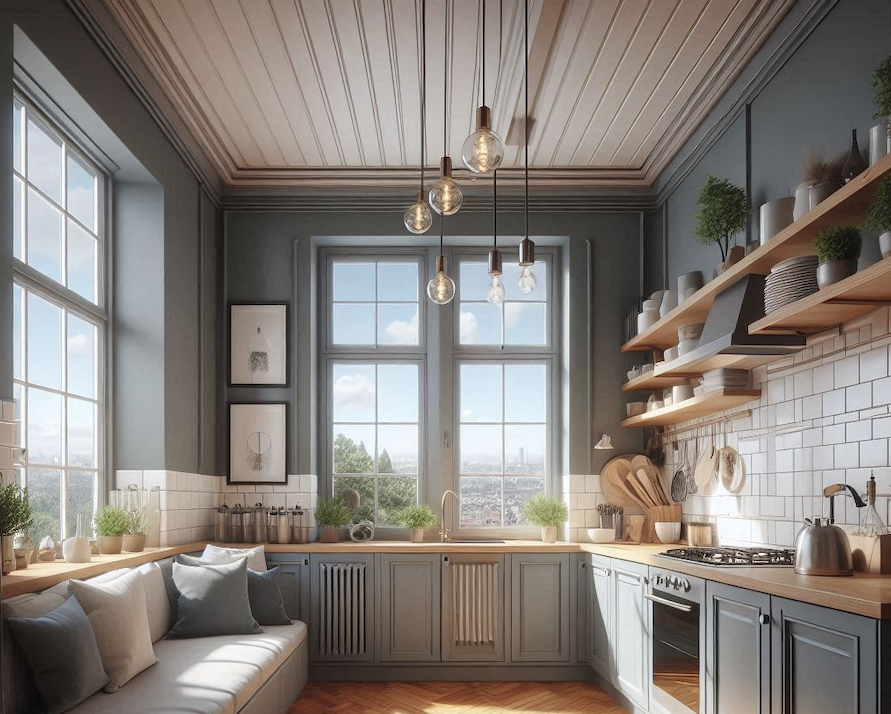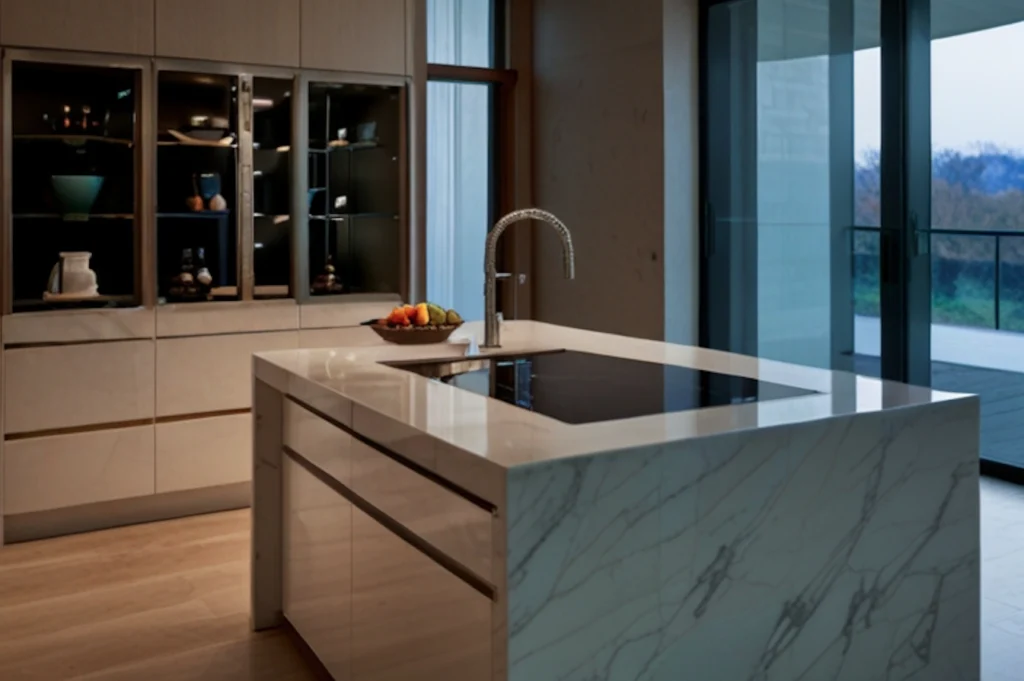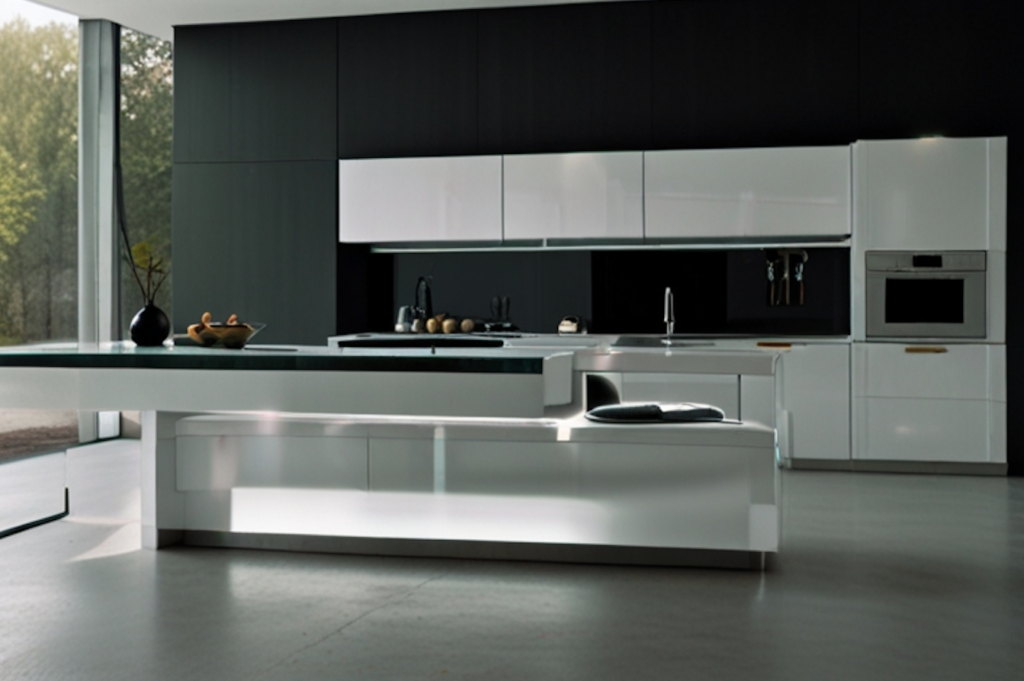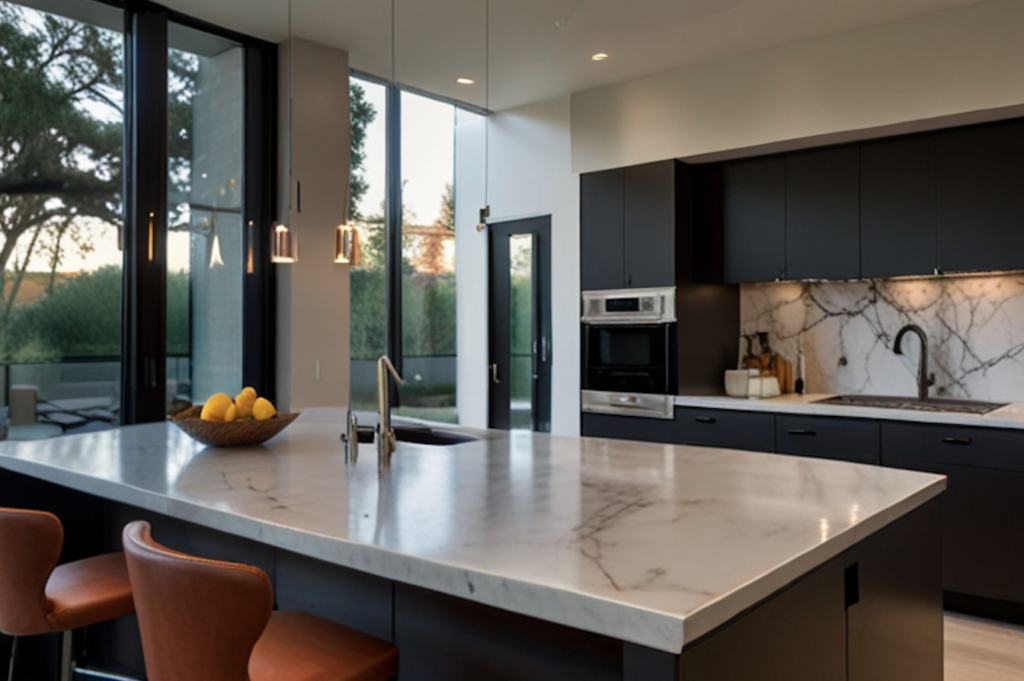Introduction
Multigenerational living arrangements are becoming increasingly common. As families grow and evolve, creating comfortable and functional spaces for aging parents or in-laws becomes a thoughtful consideration. This can involve transforming a spare bedroom or basement into a dedicated “mother-in-law suite,” a self-contained living space offering privacy and independence. A key component of any such suite is a well-designed kitchen.
There are two main approaches to creating a kitchen for your mother-in-law suite:
- Renovating an Existing Space: This option is often more budget-friendly and can be ideal if you have a spare room or alcove that can be converted into a kitchen.
- Building a New Kitchen: This approach offers greater flexibility in terms of layout, size, and accessibility features. It’s particularly suitable if you’re adding a new mother-in-law suite onto your existing home.
Planning and Design Considerations for a Functional and Safe Kitchen
Creating a kitchen that is both user-friendly and caters to your mother-in-law’s specific needs requires careful planning and design considerations. Here are some key areas to focus on:
- Space Allocation:
- Renovating: If you’re renovating an existing space, carefully assess the available square footage. Prioritize efficient use of space, minimizing wasted areas and maximizing functionality.
- New Build: If you’re building new, you have more flexibility. However, consider the overall size of the mother-in-law suite and ensure the kitchen is large enough to comfortably accommodate essential appliances, work zones, and storage.
- Layout and Workflow:
Regardless of the approach, designing a user-friendly layout is crucial. Think about a logical flow between appliances, prep areas, and the sink. Minimize unnecessary steps and bending by placing frequently used items within easy reach. For example, consider placing the microwave and coffee maker close to the refrigerator for a convenient breakfast area. - Accessibility Features:
As we age, mobility and flexibility can decrease. Here are some accessibility features to consider incorporating in the kitchen design:- Lower Cabinets: Install lower cabinets with pull-out shelves or drawers. This allows for easy access to cookware, dishes, and other items without excessive bending or crouching.
- Countertops: Opt for countertops with a comfortable working height. The ideal height will depend on your mother-in-law’s stature and preferences. Ideally, it should allow her to perform tasks while seated if needed.
- Lighting: Bright and layered lighting is essential. Include under-cabinet lighting to illuminate countertops and improve visibility during food preparation.
Safety Features for a Kitchen Designed for Seniors
A kitchen should be a place where everyone feels comfortable and confident. When designing a kitchen for your mother-in-law suite, incorporating safety features becomes especially important. Here are some key elements to consider:
- Grab Bars: Strategically placed grab bars can provide invaluable support and stability. Install them near the sink, stovetop, oven, and even near the entry/exit point of the kitchen for added security when entering or leaving.
- Burner Guards: These simple yet effective tools can prevent accidental burns by covering stovetop burners when not in use. They are particularly helpful if your mother-in-law has limited dexterity or hand strength.
- Anti-Scald Faucets: These faucets automatically regulate water temperature, preventing accidental scalding from hot water. This is a crucial safety feature, especially around the sink area.
- Smoke and Carbon Monoxide Detectors: Ensure properly functioning smoke detectors and carbon monoxide detectors are installed in the kitchen. Regularly test and replace batteries to maintain optimal safety.
Additional Considerations for Comfort and Functionality in a Mother-in-Law Suite Kitchen While safety and accessibility are paramount, consider these additional features to enhance comfort and functionality in your mother-in-law suite kitchen:
- Smart Features: Technology can be a great friend in the kitchen. Explore incorporating smart appliances like voice-controlled lighting or faucets with motion sensors for increased convenience and ease of use. Smart features can also be helpful for those with limited mobility or dexterity.
- Seating: A well-designed kitchen is not just about cooking. Consider including a comfortable breakfast bar with stools or a built-in bench to create a space for socializing, enjoying meals, or simply taking a break.
- Storage Solutions: Easy-to-reach cabinets, pull-out drawers, and well-organized pantry space are essential for any kitchen. In a mother-in-law suite, these features become even more important. Prioritize clear labeling and utilize organizers to keep essential items readily available.
In the next section, we’ll discuss the pros and cons of renovating an existing space versus building a new kitchen for your mother-in-law suite.
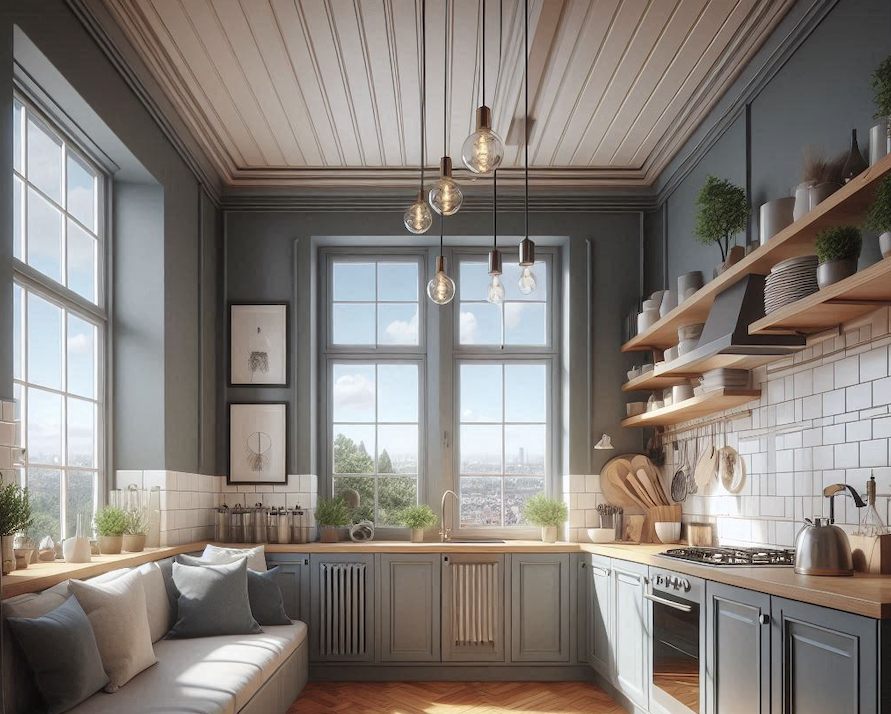
Renovation vs. New Build: Choosing the Right Approach for Your Mother-in-Law Suite Kitchen
The decision to renovate an existing space or build a new kitchen for your mother-in-law suite depends on several factors. Here’s a breakdown of the pros and cons of each approach to help you decide:
Renovating an Existing Space
Pros:
- Cost-Effective: Renovating is generally more budget-friendly than building new. You’ll be utilizing existing plumbing and electrical lines, which can be a significant cost savings.
- Faster Completion Time: Renovations typically take less time to complete compared to new construction. This can be ideal if you’d like your mother-in-law to move in sooner.
- Preserves Existing Structure: Renovating allows you to maintain the overall layout and flow of your home. This can be a benefit if you’re happy with the existing footprint.
Cons:
- Limited Flexibility: Existing space constraints can restrict your ability to create a dream kitchen. You may need to work within the confines of existing plumbing and electrical layouts.
- Unforeseen Issues: During renovations, you may encounter hidden problems like outdated wiring or plumbing issues. This can lead to delays and additional costs.
- Potential Disruption: Renovating an existing space can be disruptive, creating noise and dust. This may be a concern if you’ll be living in the home while the work is being done.
Building a New Kitchen
Pros:
- Complete Design Freedom: Building new offers complete flexibility in terms of layout, size, and features. You can create a kitchen perfectly tailored to your mother-in-law’s needs and preferences.
- Modern Amenities: New construction allows you to incorporate the latest appliances, technologies, and accessibility features.
- Minimal Disruption: If you’re building a new addition, the construction will likely have minimal impact on your existing living space.
Cons:
- Higher Cost: Building a new kitchen is generally the more expensive option. Costs can vary depending on the size, materials, and features you choose.
- Longer Completion Time: New construction typically takes longer to complete compared to renovations.
- Permitting and Approvals: Building a new addition may require obtaining permits and approvals from your local building department.
Conclusion
Ultimately, the best approach depends on your individual circumstances, budget, and desired outcome. Carefully weigh the pros and cons of each option and consider consulting with a qualified contractor or designer who can help you make an informed decision.
Additional Resources
Here are some resources that you may find helpful in designing a safe and accessible kitchen for your mother-in-law suite:
- The National Kitchen & Bath Association (NKBA) offers kitchen planning resources and guidance on accessible kitchen design
- The AARP provides information on creating safe and livable homes for aging adults: AARP livability
This article has provided a foundation for creating a functional and safe kitchen for your mother-in-law suite. Remember to tailor the design to your mother-in-law’s specific needs and preferences to create a space that fosters comfort, independence, and a sense of well-being.

